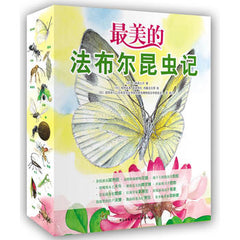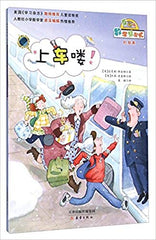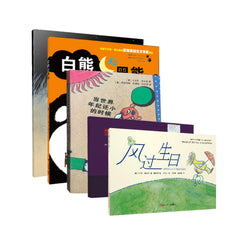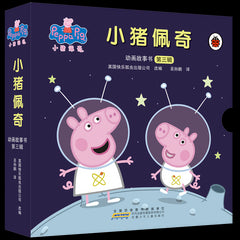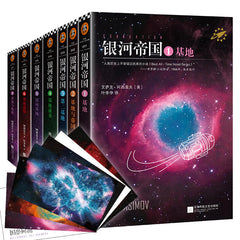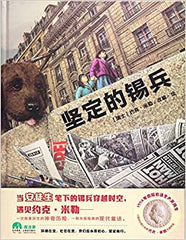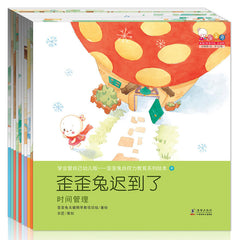看无字图画书,就像欣赏没有字幕的哑剧。由于没有声音的干扰,孩子反而能得到另一种图像阅读的大满足。这类书让他们产生好奇心,发现阅读的乐趣,也间接启发了与生俱来的观察、表达、逻辑推理、创意等多项能力。
——严淑玲(台湾地区儿童文学工作者)
米勒对自然与环境的关怀和省思,,以及精准的暗喻和批判手法,在《坚定的锡兵》里表现得更为强烈。……约克·米勒把这个故事搬到现代场景,维持原著精神,同时批判成人文明社会的过度消费(浪费),小孩也随着将成堆的玩具当作垃圾。
——台湾地区《联合报》读书人好书榜书评
Hans Christian Andersen's powerful and haunting tale describes how a one-legged tin soldier falls in love with a proud dancer from the same toy collection. The soldier valiantly endures the various trials inflicted on him because of his love, remaining steadfast until he meets his end, and beyond.
Review:
From School Library Journal
Kindergarten-Grade 3-- Here's one of those odd publishing coincidences that seems to happen every so often--simultaneous new editions of the same story. Although very different in treatment, each is compelling in its own way and both are visually beautiful. Lynch's illustrations are, perhaps, the more unusual. Like closeup camera shots, they are tightly focused on the soldier and show only those bits of the world at large that affect him. These narrow, sometimes startling perspectives give certain illustrations real depth and dimension, creating powerful visual images, while his use of dense, neutral shades underscores the drama of the soldier's journey and provides a sense of hard-edged reality. The book's overall design is not as effective as some of the individual illustrations, however. Small, extraneous drawings of toys punctuate large blocks of text and distract the eye from its primary focus on the facing page. The placement of the text is blocky and awkward, often laid on top of the illustrations in a distracting manner. Marcellino takes a more traditional approach in his illustrations. Viewers will recognize this immediately as a "fairy tale" by his use of soft, misty colors, all washed in the golden glow of candlelight. The palette is warm, and the pictures have texture and a panoramic sweep that gives substance to the wider world in which the Tin Soldier's adventures take place, enhancing the sense of the his haplessness. The illustrations are flatter, less dynamic than Lynch's, but the overall design is more effective. From title page to endpapers, careful and loving attention has been paid to balance and flow; the typeface is eye-catching and integral to the whole. Although both books are primarily showcases for the artists, the story is still important and the two are quite different. Lewis's translation is standard Andersen--wordy and slightly old-fashioned, but very readable. Seidler's text, while maintaining a strong sense of Andersen's voice, is tighter and much more direct. It reads fluidly with a verbal balance and flow that complements Marcellino's illustrations. For overall quality bookmaking, the choice would be the Marcellino, although Lynch's work is fresh and different, and has more child appeal. Comparison of the two works will enhance a whole language study and could be a valuable exercise for art classes as well. --Linda Boyles, Alachua County Library District, Gainesville, FL
A lovely story of courage and love. -- Evening Standard
Dramatically beautiful illustrations capture every nuance of the story. -- The Guardian





